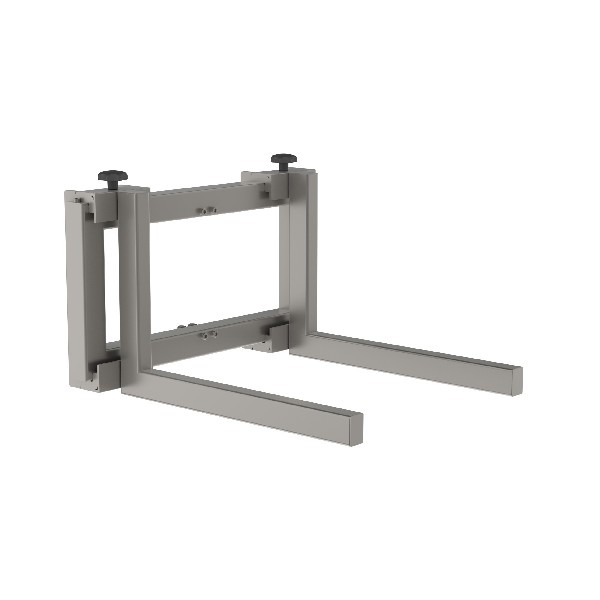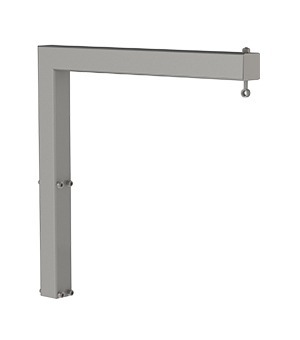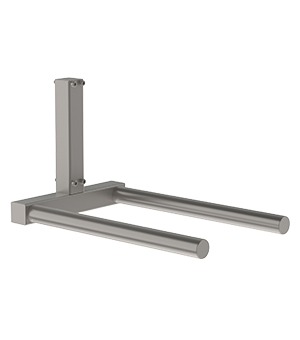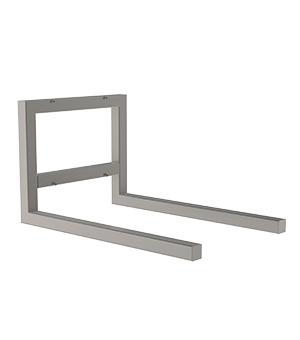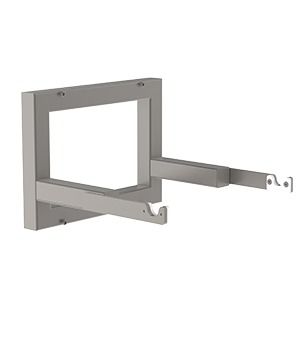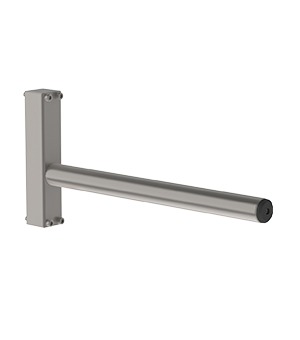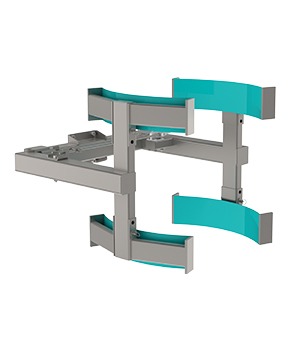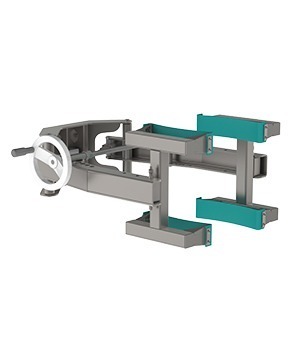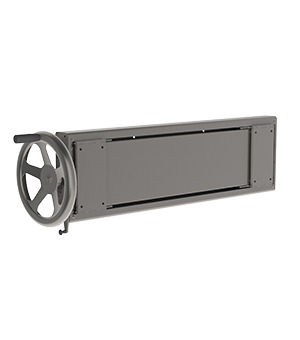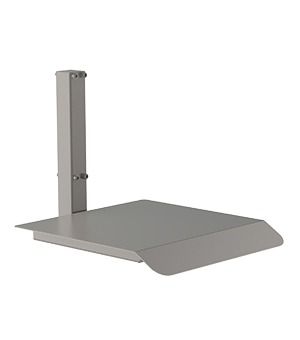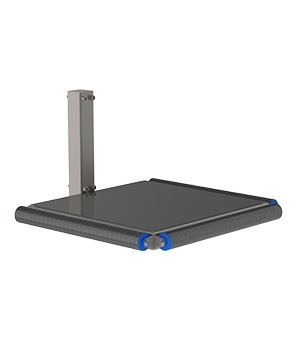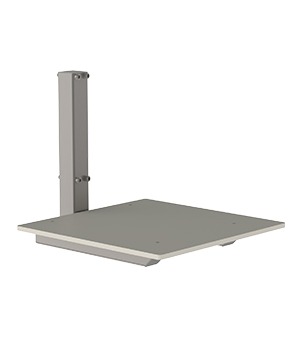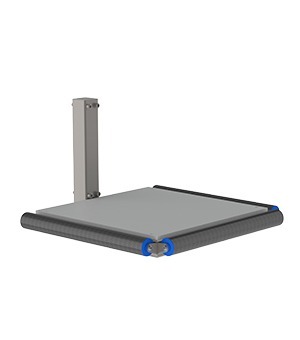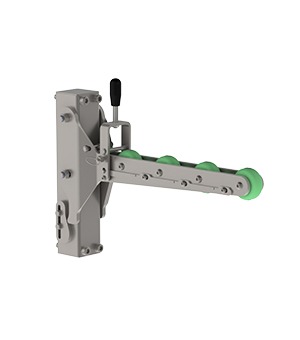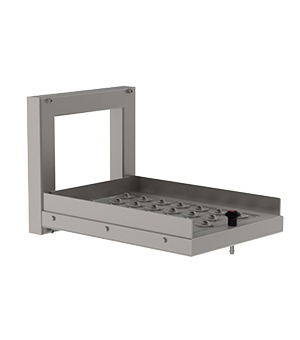Non-Manipulators

Industrial Lifting Devices: Simple Non-Manipulators
Non-manipulators are simple lifting devices that support a load. Typically designed to accommodate a specific type of load, these lifter tools are found in countless different versions.
In cases where the load needs to be manipulated beyond being lifted up and down, see our manual and electrical manipulators.
For an overview of our non-manipulator lifting tools, see below:
AF – Adjustable Fork
CA – Crane Arm
DM – Double Mandrel
F – Fork
FN – Fork with Notches
M – Mandrel
MC – Manual Clamp
MCS – Manual Clamp with Spindle
MLC – Manual Linear Clamp
MP – Metal Platform
MPR – Metal Platform with Rollers
PP – Plastic Platform
PPR – Plastic Platform with Rollers
RM – Roller Mandrel
RP – Roller Platform
Other Tools Categories
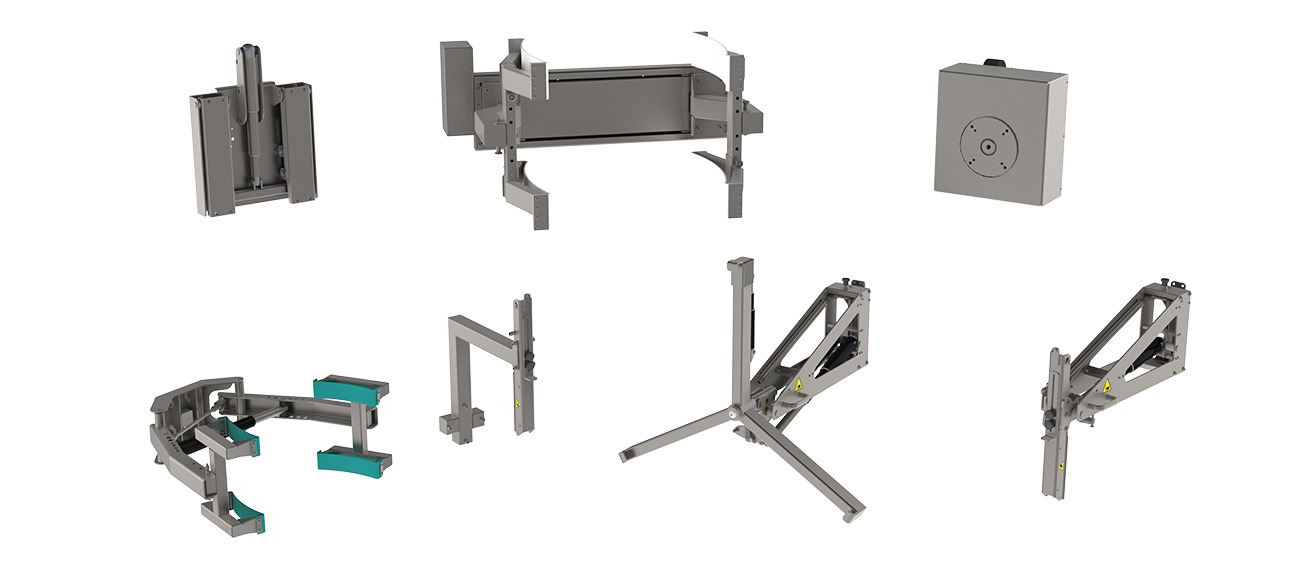
Electrical Manipulators
Electrical manipulators are lifting tools that in themselves can be turned, swung or otherwise moved electrically to help position the load.
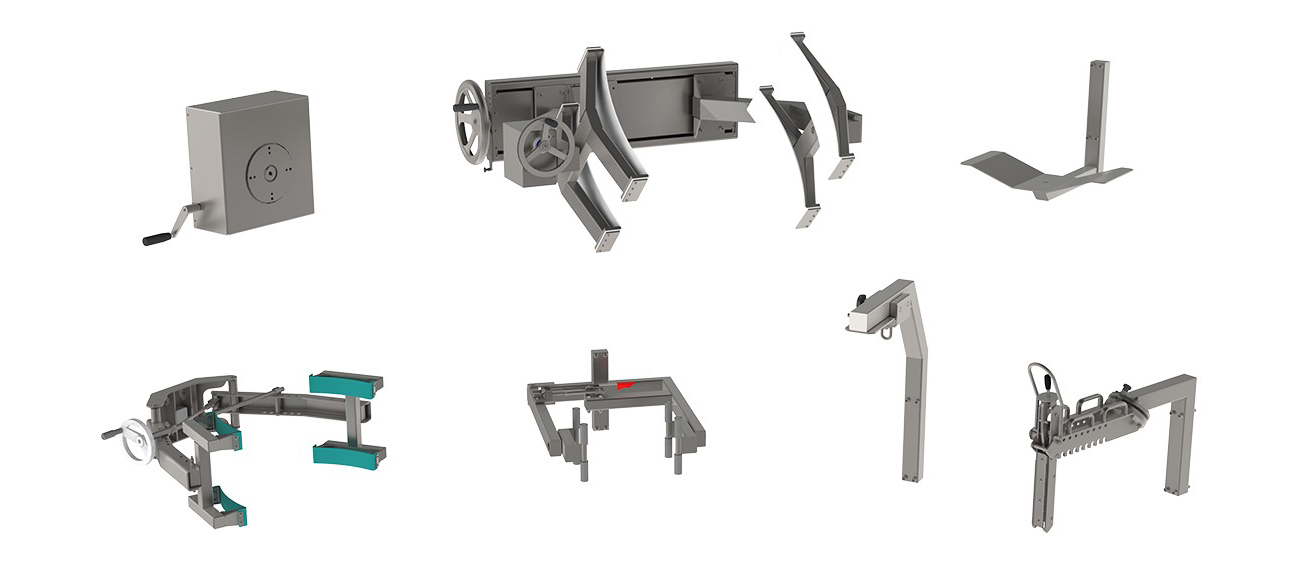
Manual Manipulators
Manual manipulators are lifting tools that in themselves can be turned, swung or otherwise moved by hand to help position the load.
Go to our main Tools page for an overview of the different categories of tools that we offer.
Go to our Products page to find out how our products may help you in your line of industry and your work situation.
Go to our Homepage.


